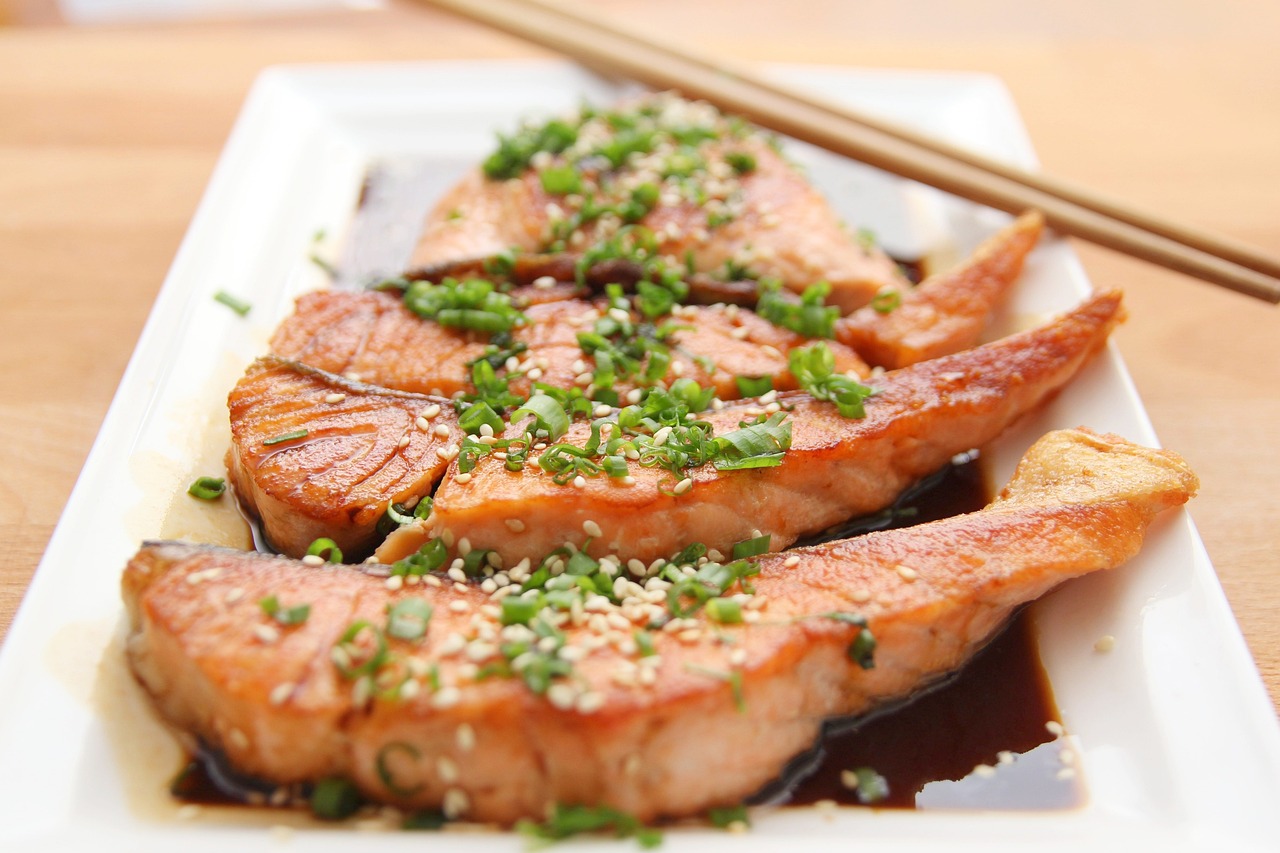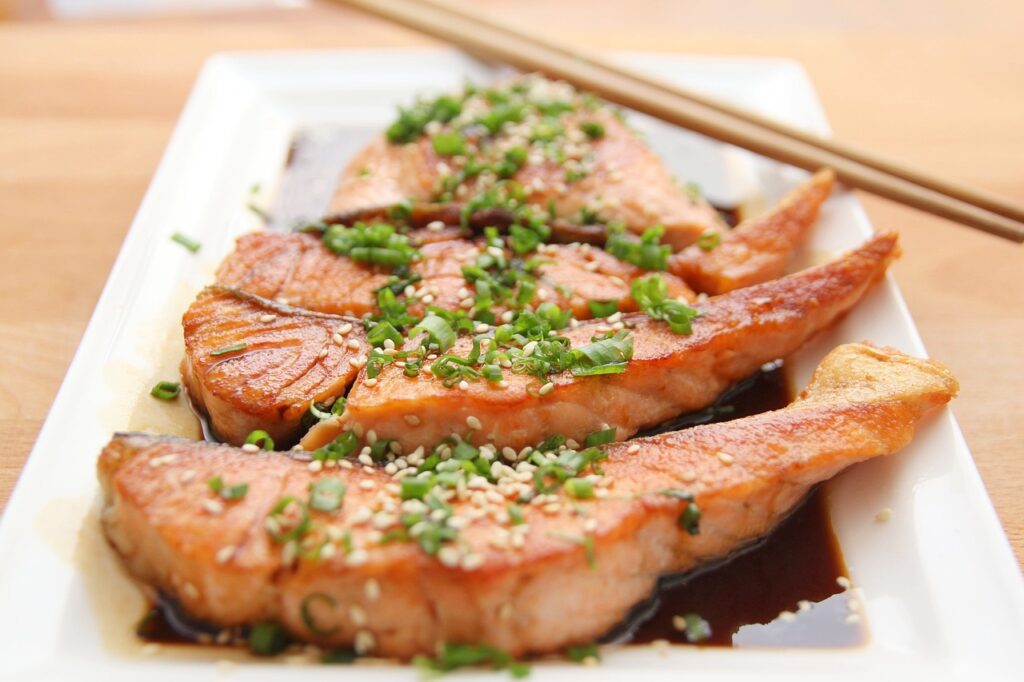
What is Lake Food?
Lake food refers to the edible creatures found in lakes and freshwater bodies, such as fish, crustaceans, and aquatic plants. These natural resources provide a rich source of protein and nutrients for many communities around the world. From freshwater fish like trout and catfish to water plants like watercress and lotus roots, lake food encompasses a diverse range of culinary options.
The unique flavors and textures of lake food make it a popular choice for many cuisines globally. Whether it’s a hearty fish stew, crispy fried fish fillets, or a refreshing water plant salad, lake food offers a versatile palette for chefs and home cooks alike to create delicious dishes. Additionally, the sustainability and freshness of lake food make it a sought-after option for those looking for high-quality, nutritious food choices.

The Benefits of Eating Lake Food
Lake food offers a variety of health benefits that make it a great addition to your diet. Fish from lakes are a fantastic source of lean protein, packed with essential nutrients like omega-3 fatty acids, vitamin D, and calcium. These nutrients play a key role in supporting overall health and well-being.
In addition to being nutritious, lake food is often low in saturated fats and cholesterol, making it a heart-healthy dietary choice. Incorporating lake food into your meals can help reduce the risk of heart disease, lower blood pressure, and improve cholesterol levels. Plus, the delicious taste of freshly caught lake fish makes it a satisfying and enjoyable option for any meal.
Popular Lake Food Dishes
When it comes to popular lake food dishes, one that often takes the spotlight is the classic fish fry. Whether it’s crispy fried perch, flaky walleye, or tender bluegill, there’s just something about enjoying a fresh catch cooked up in a golden, crunchy batter that makes it a favorite among lake-goers. Pair it with some coleslaw, potato salad, and a dollop of tartar sauce, and you’ve got yourself a perfect summer meal by the water.
Another beloved lake food dish is the comforting and hearty seafood chowder. Brimming with chunks of fish, shrimp, clams, and other seafood delights, this creamy soup is a go-to option for those looking to warm up after a day spent out on the water. Add in some bacon, potatoes, and a sprinkle of fresh herbs, and you’ve got a filling meal that will keep you satisfied until your next fishing adventure.
How to Cook Lake Food
When it comes to cooking lake food, simplicity is key. Fresh fish from the lake doesn’t need much to taste delicious. A sprinkle of salt, a squeeze of lemon, and a drizzle of olive oil before grilling is all you need to bring out the natural flavors. Keep it simple and let the quality of the fish shine through.
Another great way to cook lake food is by pan-searing it. In a hot skillet, place your filleted fish skin side down and let it get nice and crispy. Flip it over and finish cooking until it flakes easily with a fork. Serve with a side of fresh herbs and a squeeze of citrus for a satisfying meal that’s both easy to make and packed with flavor.
The Best Lakes for Fishing and Eating
If you’re passionate about reeling in your own dinner, there are a few top lakes you might want to consider casting your line into. Lake Superior, the largest of the Great Lakes, is known for its diverse range of delicious fish like trout and whitefish. The crystal-clear waters of Flathead Lake in Montana offer up a bounty of freshwater delights, including cutthroat trout and yellow perch.
For a taste of the South, head to Lake Guntersville in Alabama, where you can hook some hefty largemouth bass and crappie. Lake Champlain, straddling the border of New York and Vermont, is famous for its tasty landlocked salmon and walleye. Whether you’re a seasoned angler or just looking to enjoy a fresh catch, these lakes are sure to satisfy your seafood cravings.
Health Risks of Eating Lake Food
While eating lake food can be a tasty experience, it’s essential to be aware of the potential health risks associated with it. One common concern is the presence of environmental contaminants in lake fish, such as mercury, PCBs, and microplastics. These contaminants can accumulate in the fish and pose health risks to humans if consumed in large quantities over time.
Additionally, certain bacteria and parasites found in some lake fish can also cause foodborne illnesses if not cooked properly. It’s crucial to ensure that the fish is cooked thoroughly to kill any harmful pathogens that may be present. By being mindful of these health risks and taking necessary precautions, you can still enjoy the delicious flavors of lake food while keeping your health in check.
Tips for Choosing Fresh Lake Food
When selecting fresh lake food, it’s essential to trust your senses. Look for bright, clear eyes in fish and avoid any with a strong odor. Fresh lake food should have firm flesh and be free of any sliminess or discoloration. Give the fish a gentle poke – it should bounce back and not leave an indentation. Trust your gut when picking out lake food, it’s better to be safe than sorry!
Make sure to buy lake food from reputable sources to ensure quality and freshness. If purchasing directly from a fisherman, inquire about the catch date and storage conditions. Opt for sustainable options that are harvested responsibly to support the health of lake ecosystems. Remember, the fresher the lake food, the better the taste and nutritional value, so choose wisely for a delicious and satisfying meal!
Invasive Species and Lake Food
When invasive species find their way into lakes, they can wreak havoc on the food chain. These unwelcome creatures compete with native species for resources, often outcompeting them and causing imbalances in the ecosystem. This disruption can lead to a decline in the populations of certain fish and plants that are typically used for human consumption.
Additionally, some invasive species can introduce harmful toxins or diseases into the water, posing risks to both aquatic life and those who consume lake food. Due to these threats, it’s crucial for conservation efforts to focus on preventing the spread of invasive species in order to protect the sustainability of lake food sources for future generations.
Environmental Impact of Eating Lake Food
When we talk about munching on those tasty lake fish or seafood, we might not always consider the impact it has on the environment. However, our love for lake food does come with its own share of consequences.
The demand for lake food can put pressure on the ecosystem, leading to overfishing and depletion of certain species. It can disrupt the natural balance of the lake, affecting not only the fish populations but also other organisms in the water. As consumers, being mindful of where our lake food comes from and choosing sustainable options can help reduce the environmental impact of our dining choices.
- Overfishing can lead to depletion of certain species in the lake
- Disruption of natural balance can affect fish populations and other organisms
- Choosing sustainable options for lake food can help reduce environmental impact
Future of Lake Food Industry
The future of the lake food industry appears promising as more people are looking to diversify their diets and explore sustainable food options. With increasing awareness about the benefits of consuming freshwater fish and other lake foods. There is a growing market for these products. Chefs and home cooks alike are discovering the delicious flavors and nutritional benefits of incorporating lake food into their recipes.
Advancements in aquaculture technology and practices are also contributing to the growth of the lake food industry. With sustainable farming methods and improved regulations, the availability and quality of lake food are expected to increase. This presents an exciting opportunity for both producers and consumers to support a thriving industry that promotes healthy eating and environmental sustainability.
Try other recipes on Food Lair.
What is Lake Food?
Lake food refers to fish and other aquatic creatures that are harvested from lakes and used as food.
What are the benefits of eating lake food?
Lake food is rich in omega-3 fatty acids, protein, and other essential nutrients. It is also low in saturated fats and can be a sustainable food source.
What are some popular lake food dishes?
Some popular lake food dishes include grilled trout, pan-fried walleye, and smoked salmon.
How do you cook lake food?
Lake food can be cooked in a variety of ways, including grilling, baking, frying, or smoking. It can be seasoned with herbs, spices, and citrus for additional flavor.
What are the best lakes for fishing and eating?
Some of the best lakes for fishing and eating include Lake Superior, Lake Tahoe, and the Great Lakes region.
What are the health risks of eating lake food?
Some health risks of eating lake food include exposure to pollutants such as mercury and PCBs. It is important to be aware of local advisories and restrictions on fish consumption.
How can you choose fresh lake food?
To choose fresh lake food, look for clear eyes, shiny scales, and a mild ocean scent. Avoid fish that have a fishy odor, cloudy eyes, or soft flesh.
What is the impact of invasive species on lake food?
Invasive species can disrupt the natural ecosystem of lakes, impacting the populations of native fish and other aquatic creatures that are used as food.
What is the environmental impact of eating lake food?
The environmental impact of eating lake food depends on how it is harvested and managed. Sustainable fishing practices can help minimize the impact on lake ecosystems.
What does the future hold for the lake food industry?
The future of the lake food industry may involve more sustainable fishing practices, increased consumer awareness of where their food comes from, and efforts to address environmental challenges facing lake ecosystems.
Follow Lake Food on Pinterest.
